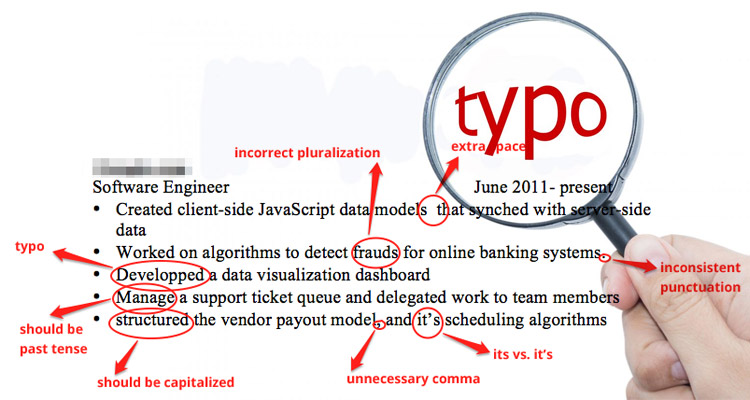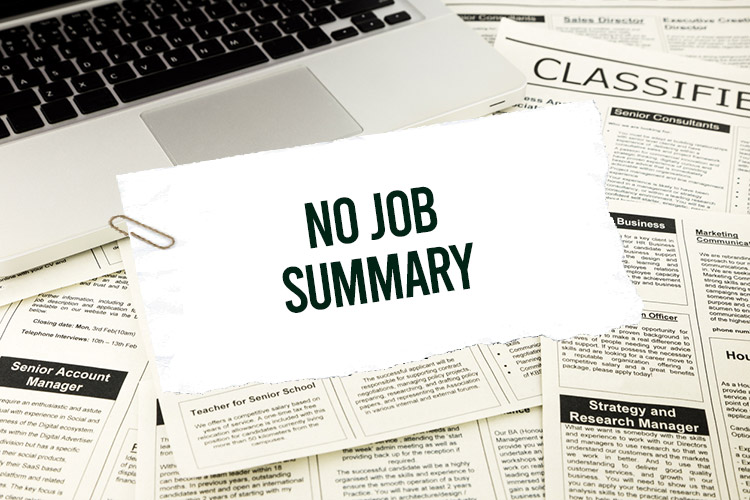If you want to hire the best candidates, you need to attract the right ones first. This is where a good job description comes in. But crafting a well-written one can be daunting.
You have to get all the necessary details down and somehow stay as concise as possible. Conversely, you can’t condense everything into one paragraph just to make it catchy. In short, there’s a need to strike a balance.
However, there’s no one-size-fits-all approach when it comes to writing job descriptions. Companies have different brand voices, after all. Some like to be formal while others prefer to keep things light and friendly.
Despite this, we can all agree that a poorly written job description doesn’t attract good leads. Thus, you end up wasting valuable time and resources to weed out unsuitable candidates.
But what does a bad job description look like? Here are four common mistakes that employers make when writing job postings – and how to correct them in case you commit the same errors.
Neglecting to Highlight Candidate Needs

It’s common for employers to write down the qualifications they need from an applicant. After all, they’re looking for someone to fill a particular role, right? Ironically, this isn’t the ideal way.
Research shows that 36 percent of companies find it difficult to find the right people. This is because they highlight the employer’s needs. According to a recent study, job descriptions that also address a candidate’s needs elicit a higher response by as much as 14 percent.
So what can you do?
When writing your job post, offer an insight into how the position will benefit the person who fills it. Emphasize how they can contribute to the overall growth of your business and what exciting projects and initiatives they can participate in.
You can also include videos, slideshows, and images. Just show what it’s like to be part of your company – and what exciting new prospects await your new hires.
Too Many Typos

When you’re trying to attract qualified applicants, you need to put your best foot forward. That involves screening for grammatical errors or even typos and punctuation mistakes. Too many of these will reduce your job post’s credibility and make it look like a scam.
But with all the details that you have to consider, how do you ensure an error-free post?
Proofread, proofread, and proofread. Better yet, have another person read what you’ve written so they can spot errors better with a fresh set of eyes.
You can also use online proofreading tools as well. Used properly, they can be a quick, foolproof way to reduce common spelling, punctuation, or grammar mistakes.
No Job Summary

Some job posts are written like a grocery list. The details are listed in bullets. It’s nice and concise, but without a clear, accompanying description, candidates won’t have a solid grasp of what the job entails.
How can you address this? Provide more context.
Ideally, a job post must contain an average of 700 words. It should contain the job title, job summary, list of responsibilities, desired job skills, and company description. The job summary should guide candidates about your overall expectations. Meanwhile, the company description should provide an insight into what the new hire’s work environment would look like.
Don’t forget to incorporate keywords containing common words and phrases applicants usually use to search for jobs related to your job post. This will make your job post easier to find when the right candidates are back on the market.
Job Post Is Difficult To Read

Don’t get me wrong. A robust job description is great, but a wall of text can be equally off-putting. Aside from the information overload, it can compel qualified candidates to skip applying all together.
So, how can you fix this problem?
Focus on the important requirements. Highlight the sections, create bullet points, and use short phrases. You can also improve the format by limiting the number of sentences to three or four per paragraph.
Aside from the format, be straightforward and specific when writing the job title. Don’t be overly creative as it will only confuse people as to what the job role really is.
Still struggling with hiring or writing? We’ve got you!
Remote Staff has been providing assistance to AU SMEs and entrepreneurs who are looking for talented remote workers from the Philippines for more than a decade. So whether you’re looking for a new writer or perhaps a recruiter, we’re sure to have both of them in our roster.
Call us today or schedule a call back so we can get started.
Serena has been working remotely and writing content for the better part of the last decade. To date, she's written for Pepper.ph and Mabuhay Magazine, among others, and has churned out more than a thousand articles on everything from The Basics of Stock Market Investing to How to Make Milk Tea-Flavored Taho at home.





















